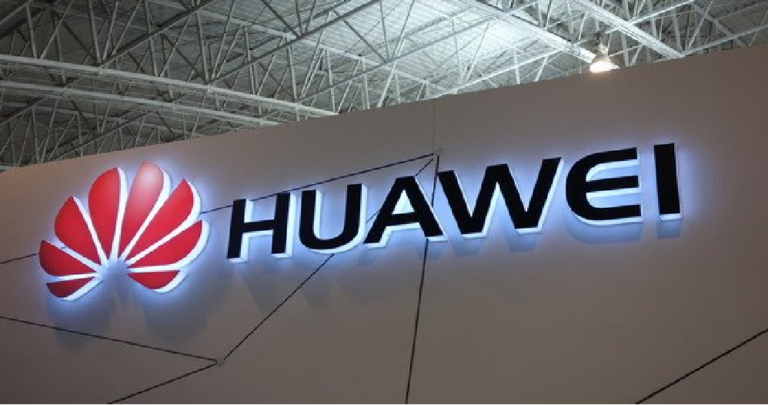
In a rare admission, Zhang Ping’an, CEO of Huawei’s Cloud Services, has reportedly expressed concerns about China’s semiconductor industry during the Mobile Computility Network Conference.
He highlighted the impact of U.S. sanctions on China’s inability to source advanced 3.5nm chips, noting that there are significant hurdles in the nation’s semiconductor ambitions.
Zhang noted that Taiwan’s TSMC, unaffected by U.S. sanctions, continues to supply 3.5nm semiconductors. “Under U.S. sanctions, China has no way to secure these products,” he said, surprising many industry observers who were accustomed to hearing optimistic reports from China regarding its semiconductor growth.
Tekedia Mini-MBA edition 16 (Feb 10 – May 3, 2025) opens registrations; register today for early bird discounts.
Tekedia AI in Business Masterclass opens registrations here.
Join Tekedia Capital Syndicate and invest in Africa’s finest startups here.
In May, the Chinese government announced a massive $47.5 billion fund to bolster its semiconductor industry. Despite this, Huawei’s recent success in mass-producing 7nm chips without using extreme ultraviolet (EUV) technology was seen as a breakthrough, raising hopes that the company could soon produce 5nm chips.
However, Zhang’s comments indicate that advancing to 3.5nm technology, which requires EUV, remains a significant challenge due to U.S. restrictions on exporting necessary equipment to China.
Zhang emphasized the importance of making effective use of existing technology, stating, “The reality is that we can’t introduce advanced manufacturing equipment due to U.S. sanctions, and we need to find ways to effectively utilize the 7nm semiconductors.”
Workarounds and “Gray Market” Solutions
Some Chinese manufacturers are reportedly finding creative ways to circumvent U.S. sanctions. For instance, Chinese DRAM maker CXMT has begun preparations to mass-produce 18.5nm DRAM, avoiding the sub-18nm equipment restricted by U.S. sanctions. Additionally, there is mention of a “gray market” where Chinese firms can unofficially procure parts from the U.S.
Market and Global Implications
If China remains unable to produce more advanced semiconductors, it is likely to focus on increasing its share in the legacy semiconductor market. Research firm Trend Force predicts China’s share will rise from 29% in 2023 to 33% by 2027.
This development has broader implications for Chinese EV makers who are already struggling to expand into key international markets due to similar restrictions. The U.S. has also imposed high tariffs on Chinese EVs, making it difficult for them to penetrate the North American market.
Zhang’s concerns echo sentiments shared by former Google CEO Eric Schmidt. In a recent interview with Bloomberg and CNBC, Schmidt stated that the U.S. is significantly ahead of China in the AI race.
“In the case of artificial intelligence, we are well ahead, two or three years probably of China, which in my world is an eternity,” Schmidt said.
He attributed this lead to several factors, including chip shortages faced by China and a lack of access to advanced AI chips due to U.S. sanctions.
Schmidt also pointed out that the dominance of English on the internet provides the U.S. with a larger pool of data for training AI models. Additionally, he highlighted a reduction in foreign investment and venture capital in China, coupled with an economic decline and deflation issues.
China’s Semiconductor Outlook
China’s ambitious semiconductor efforts, once a symbol of its technological prowess, now face substantial obstacles. Zhang’s remarks indicate a sobering reassessment of China’s capabilities in the face of sustained U.S. pressure. The strategic focus may now shift towards maximizing the potential of existing technologies and exploring alternative markets and solutions.
The implications of these challenges are far-reaching. For instance, if China cannot overcome these technological barriers, it may struggle to compete in the next generation of tech innovations. Moreover, the continued tension between the U.S. and China could lead to further economic decoupling, impacting global supply chains and international trade.
Thus, while China remains a significant player in the global semiconductor and technology sectors, its path forward is fraught with challenges that require strategic pivots and innovative solutions. The ongoing geopolitical tensions will likely shape the future of global tech competition, with the U.S. maintaining a strategic advantage for the foreseeable future.



